Effective leadership techniques have evolved over the last decades as the workforce adapts to high-demanding and fast-changing markets and new generations entering the landscape.
Though the traditional workplace hierarchy is still alive in most organizations, the way leaders relate to their team members requires a change.
Command-and-control style leadership has reduced its effectiveness. “Your job is to do what I tell you,” is no longer sufficient in this age where innovation and employee engagement is paramount to success.
Instead, with millennials climbing the corporate ladder, 4 new demands continue to surge:
- As a group, millennials don’t want to be told what to do; they want to understand why they need to do it.
- Millennials, in general, aren’t willing to compromise on their values. The desire for authenticity spills into the workplace where they want to be a part of a company whose values align with their own.
- Millennials value open communication. Actually, so much that over 80% of millennials said they’d rather work for a company that prioritizes open communication over perks like gym memberships and free food.
In summary, millennials are inspired by people and mission statements they can relate to. They look for guidance, coaching, and mentorship. They look for leaders who value collaboration and communication, and leaders who are able to keep them engaged and challenged.
One of the most effective leadership styles to meet these needs is the coaching style. Through coaching, leaders are able to:
- empower individuals and encourage them to take responsibility,
- increase employee and staff engagement,
- improve individual performance,
- help identify, develop, and challenge high potential employees,
- help identify both organizational and individual strengths and development opportunities, and
- help to motivate and empower individuals to excel.
When leaders are trusted and respected, employees under them will respond to their feedback more effectively. The best ‘Coaching Leaders’ are patient, perceptive, self-aware, reflective, open, supportive, and keen observers and good listeners. They are adept at giving valuable feedback that is interpersonally effective and doesn’t generate defensiveness. They help their employees by uncovering their blind spots and challenging limiting beliefs. The most effective coaching takes place through observation, assessment, dialogue, inquiry, and conversations.
Contact me to learn more about how to incorporate the coaching leadership style in your organization and how to strengthen these skills for yourself.

